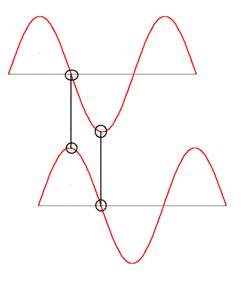I am in the process of qualifying designs which use the CC2530. Specifically of note, I am encountering Error Vector Magnitude measurements that exceed the specifications of the data sheet (2%) at full power (4.5 dBm) and +25C. The problems get considerably worse at low temperature (-40C), where some degradation is expected due to the increase in output power. The output power itself is within reasonable expectations, so I was curious if anyone could comment further on the situation. I can provide more data if helpful.
To this end, I also decided to test the evaluation module with CC2591 front end, as one of the designs we are looking at utilizes this part. The EVM exceeds the IEEE spec of 35% RMS EVM at cold temperature when the CC2591 is enabled at full power. Backing the power down by one or two steps (to 2.5 or 1 dBm respectively) results in a substantially improved measurement, though this disagrees somewhat with the data sheet. Even at room temperature, I cannot seem to correlate the measurements on either design, or the EVM.
I would be curious to know if any testing has been done at cold temperature, and what, if any, workarounds may be required to comply with the IEEE spec.
Thanks!



